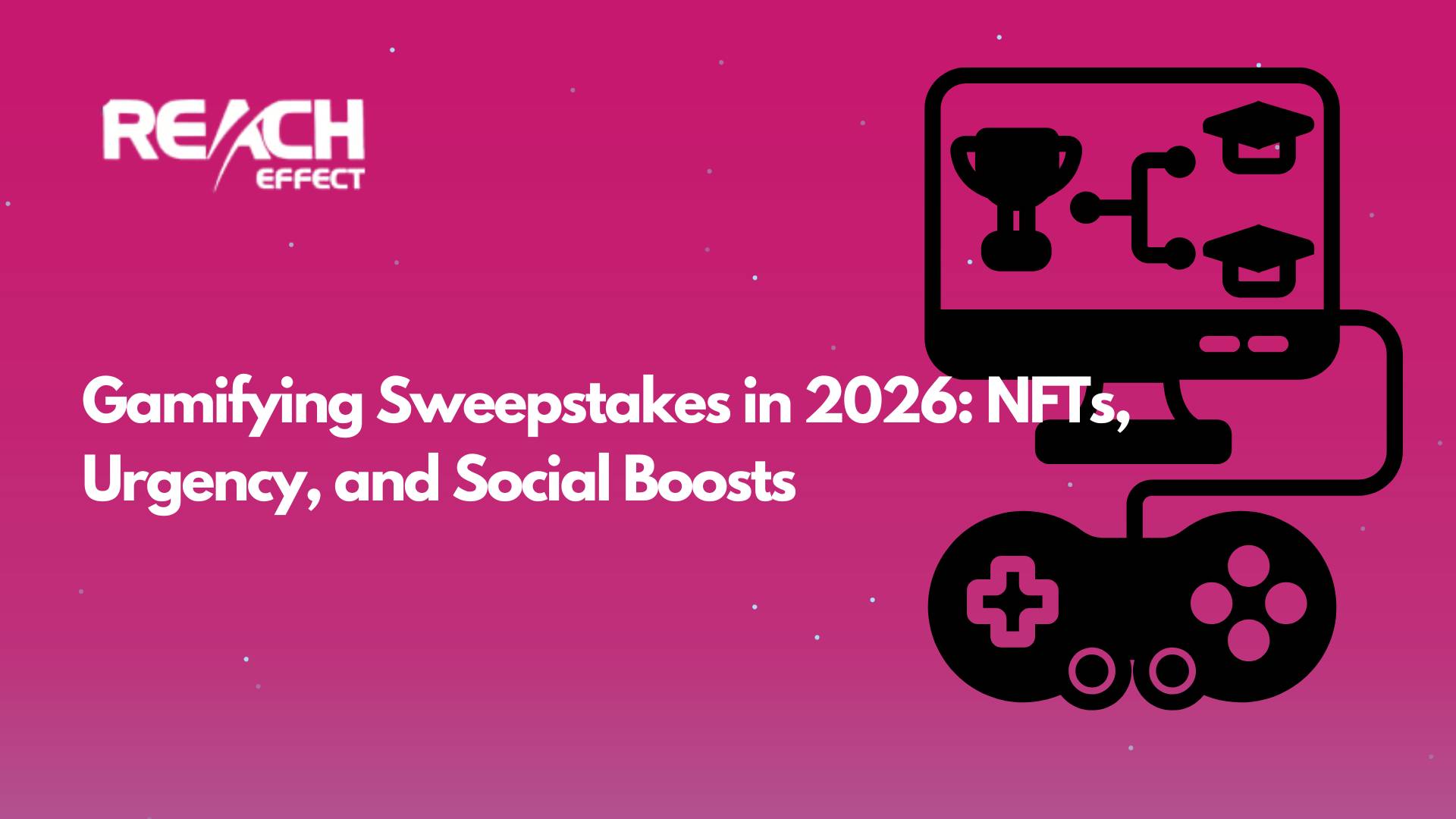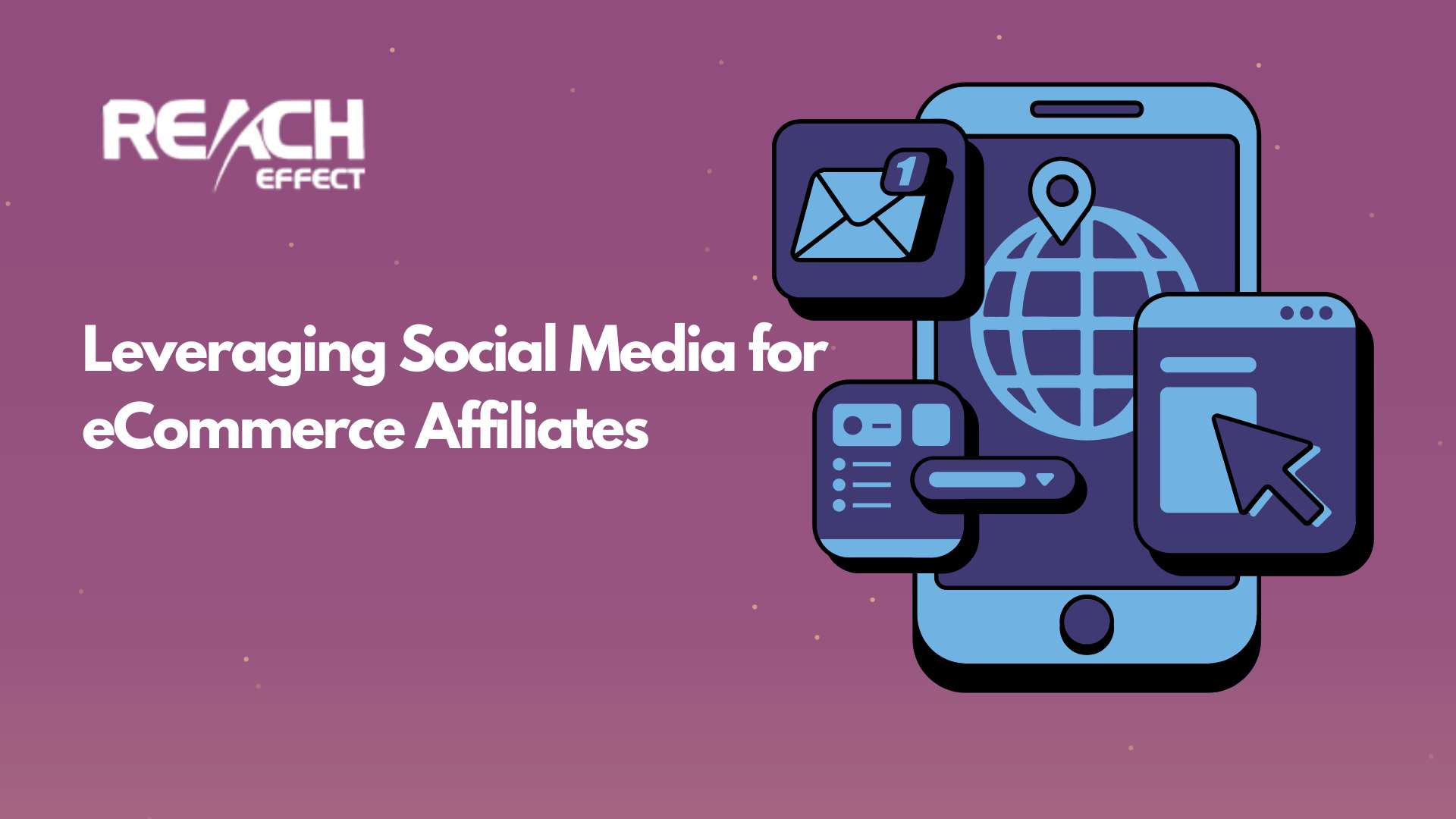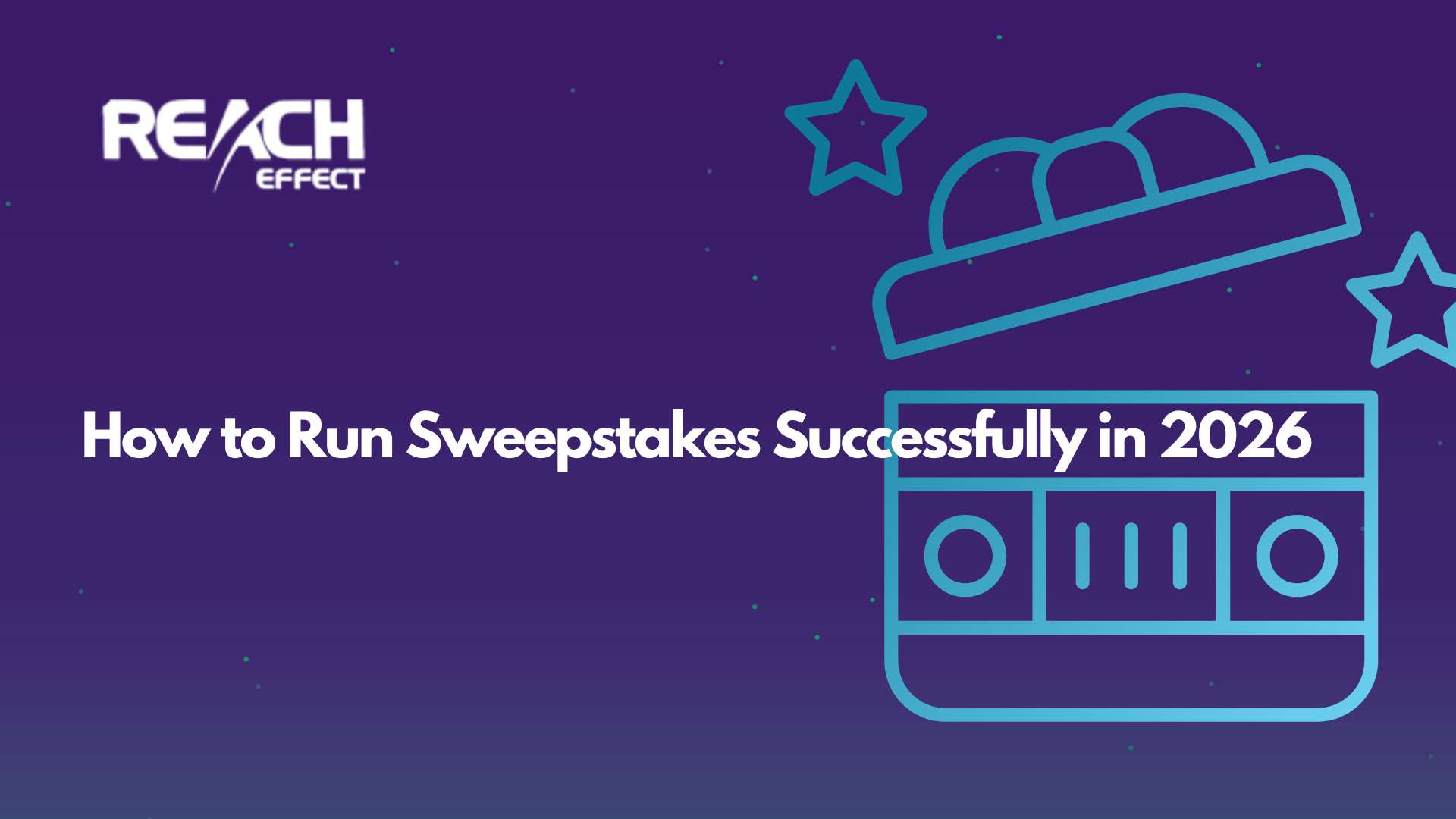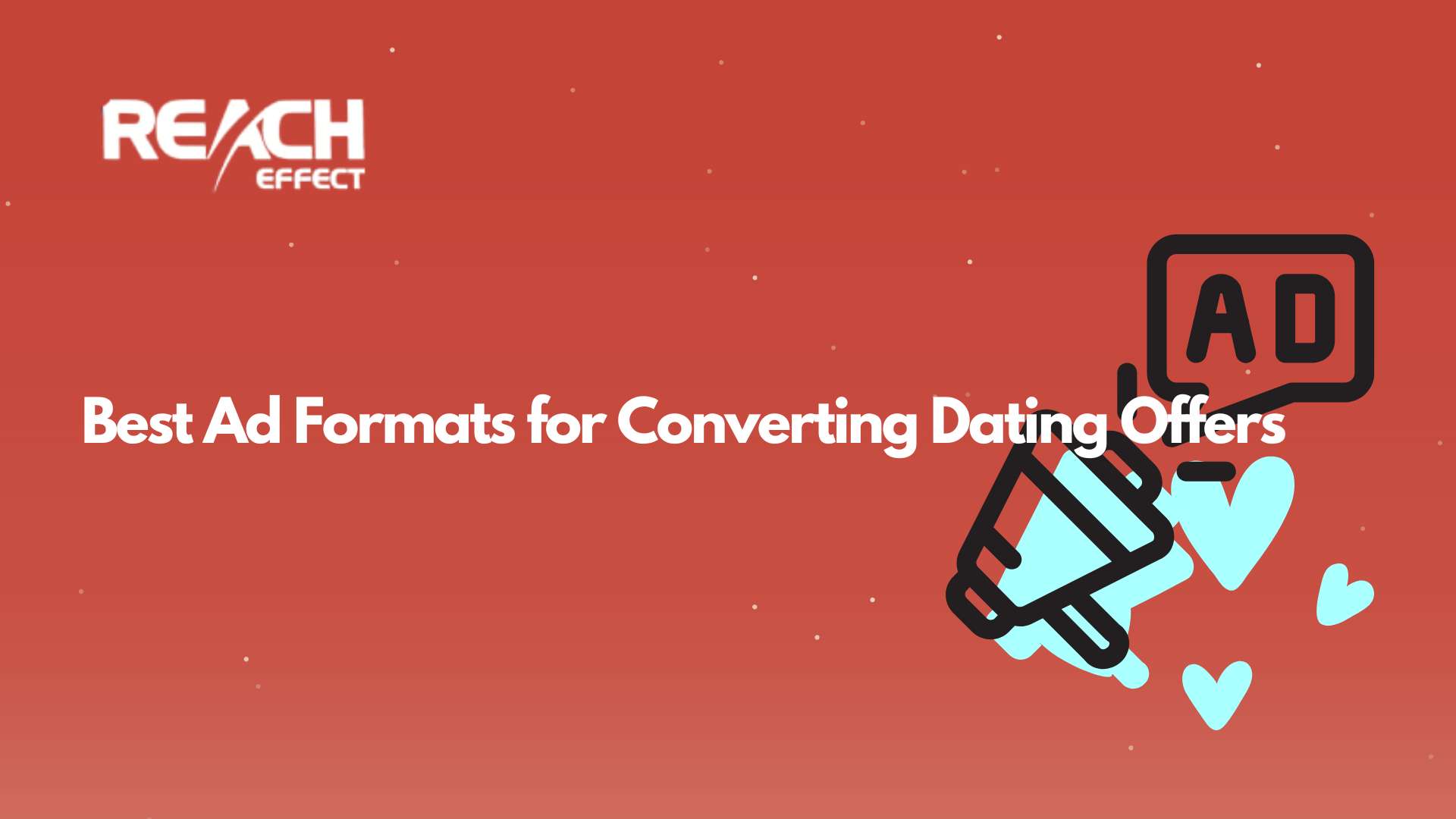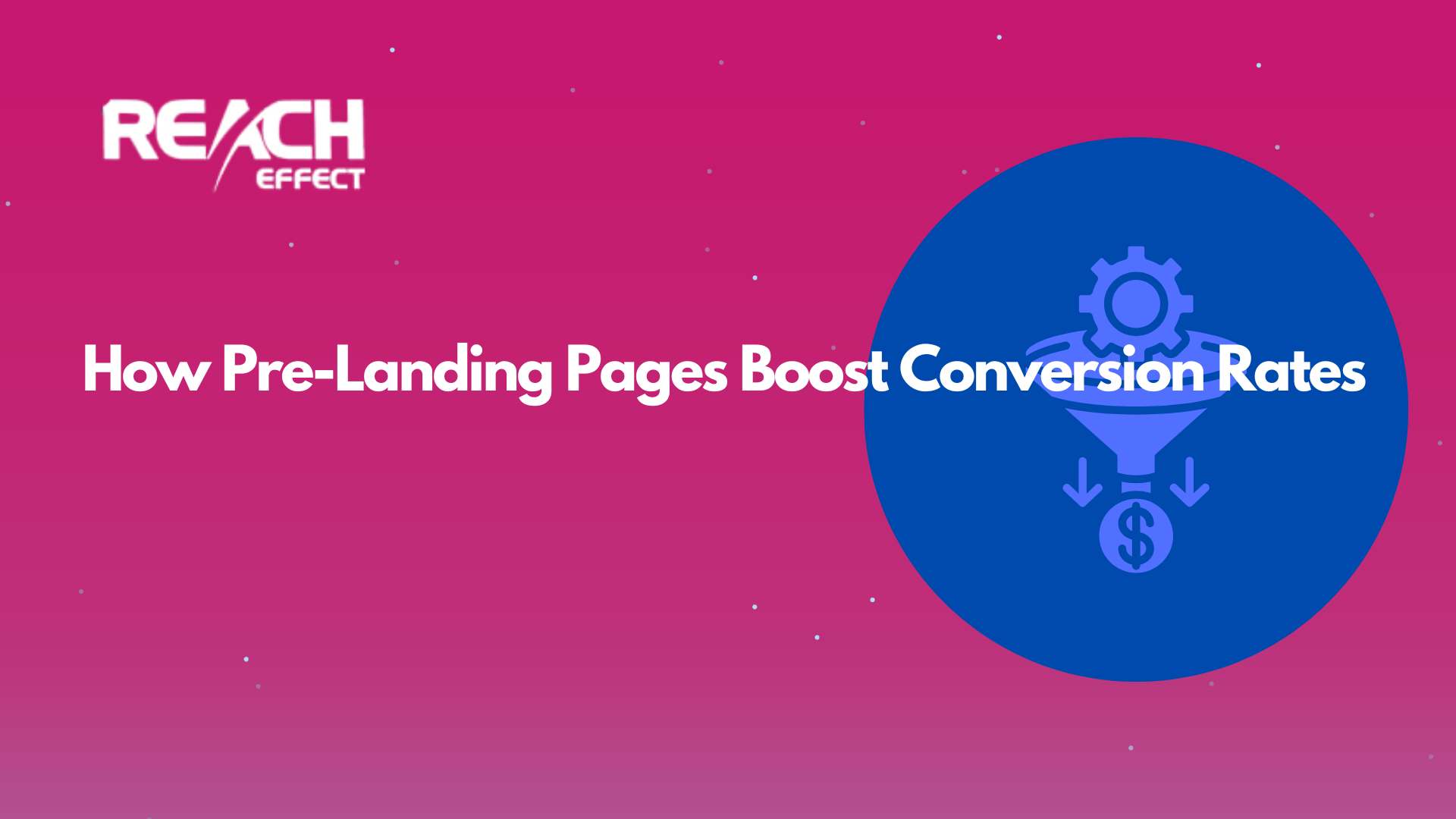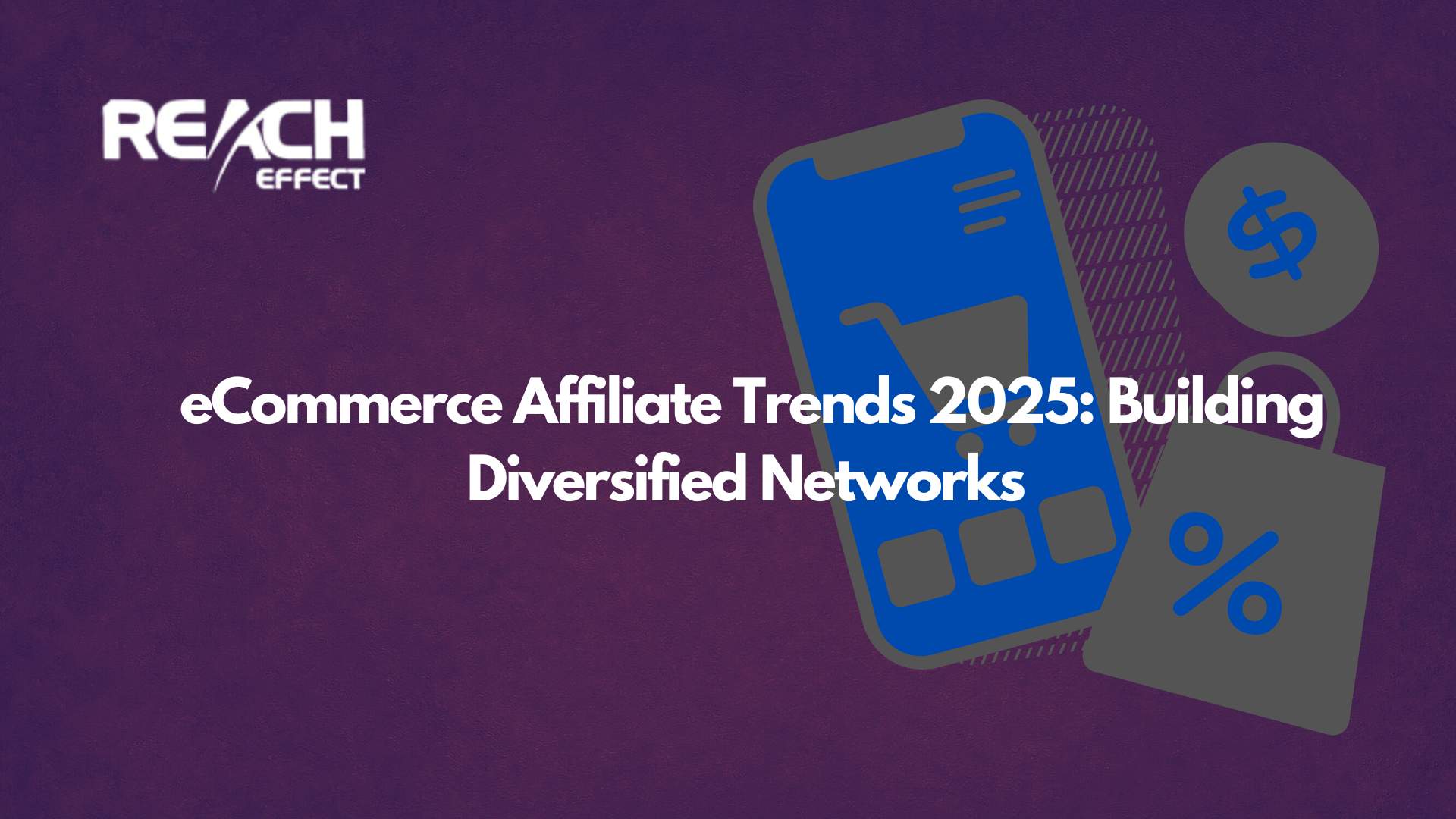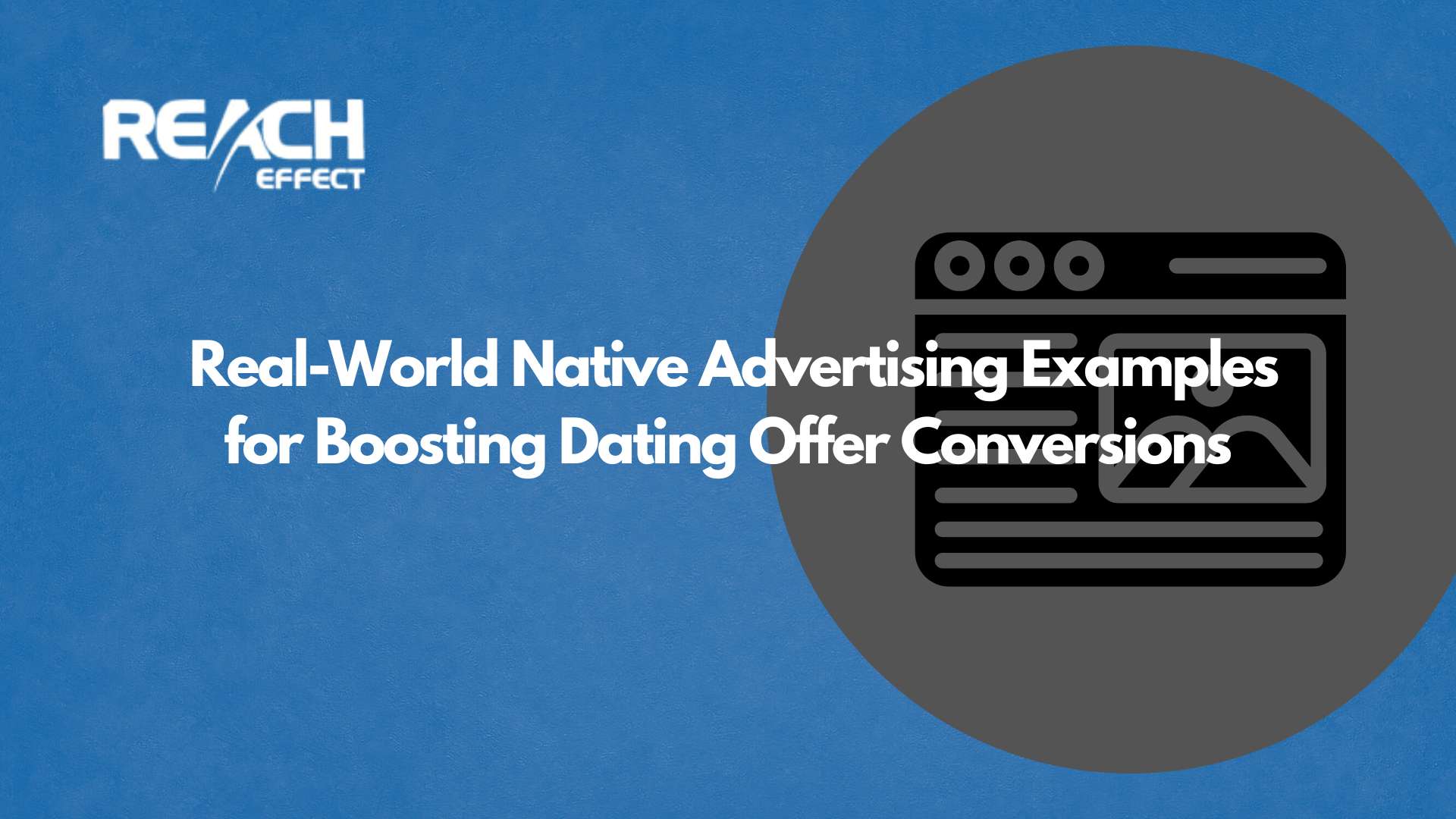Understanding the difference between a sales qualified lead vs marketing qualified lead can transform how businesses grow. These terms pop up a lot in sales and marketing conversations, but they’re not the same thing. Knowing what sets them apart helps teams work together better and turn potential customers into actual buyers. In this article, we’ll explore both types of leads, how they fit into your strategy, and why they matter.
Thank you for reading this post, don't forget to subscribe!What Is a Marketing Qualified Lead?
A marketing qualified lead, or MQL, is someone who shows interest in your business but isn’t ready to buy yet. Think of them as people who’ve raised their hand to say they’re curious. They might download an ebook, sign up for a newsletter, or visit your website a few times. These actions suggest they’re open to learning more, but they’re still early in their journey.
Marketing teams identify MQLs based on specific behaviors. For example, filling out a form or clicking an ad could qualify someone. The goal is to nurture these leads with helpful content, like emails or blog posts, until they’re ready for the next step. MQLs are all about potential, not immediate action.
What Is a Sales Qualified Lead?
A sales qualified lead, or SQL, is further along. This person isn’t just interested, they’re ready to talk about buying. They’ve moved past browsing and shown clear signs they might make a purchase. Maybe they requested a demo, asked for a quote, or had a chat with your team. SQLs have a need your product can solve, and they’re closer to deciding.
Sales teams take over with SQLs. They focus on answering questions, addressing concerns, and closing the deal. The difference between a sales qualified lead vs marketing qualified lead is timing and intent. SQLs are hot prospects, while MQLs need more warming up.
How They Work Together
The journey from MQL to SQL is like passing a baton in a relay race. Marketing starts by attracting people and building trust. Once those leads show stronger interest, they hand them off to sales. This teamwork is key to keeping the process smooth.
For example, someone might see an ad on social media and download a free guide. That makes them an MQL. Later, if they reach out to ask about pricing, they become an SQL. Both stages matter because they guide leads toward becoming customers.
Why the Difference Matters
Knowing the distinction between a sales qualified lead vs marketing qualified lead keeps everyone on track. If sales jumps in too early with an MQL, the lead might feel pressured and walk away. If marketing holds onto an SQL too long, the sale could stall. Clear roles prevent these mix-ups.
It also helps with efficiency. Marketing can focus on generating and nurturing leads, while sales targets those ready to buy. This saves time and boosts results.
How to Identify MQLs and SQLs
Spotting the difference takes a plan. Businesses often use lead scoring to sort things out. This means assigning points to actions leads take. Low-point actions, like viewing a blog post, mark an MQL. High-point actions, like requesting a call, signal an SQL.
For MQLs
Look for early interest. Common signs include signing up for updates, attending a webinar, or engaging with social posts. These people are exploring, so keep them curious with useful info.
For SQLs
Watch for buying signals. Asking detailed questions, adding items to a cart, or contacting your team are big clues. These leads want specifics, so be ready to talk solutions and prices.
Moving Leads from MQL to SQL
Turning an MQL into an SQL takes effort. Start by offering value. Share case studies, videos, or free trials that answer their questions. Personalize your approach based on what they’ve shown interest in. If they downloaded a guide about your product, follow up with an email about its benefits.
Timing is everything. Wait too long, and they might lose interest. Move too fast, and they’re not ready. Watch their actions to find the sweet spot. Tools can help here too.
Common Challenges
Mixing up MQLs and SQLs happens. Sometimes marketing thinks a lead is ready when they’re not. Other times, sales ignores a good lead because they don’t see the signs. Communication fixes this. Regular check-ins between teams keep everyone aligned.
Another issue is unclear criteria. If you don’t define what makes an MQL or SQL, confusion creeps in. Set simple rules, like “three website visits equal an MQL” or “a demo request equals an SQL.” This keeps the process smooth.
Wrapping It Up
The difference between a sales qualified lead vs marketing qualified lead boils down to where someone is in their buying journey. MQLs are curious, and SQLs are committed. Understanding this helps marketing and sales work as a team, guiding leads from interest to purchase. With the right approach, you’ll turn more prospects into customers.


